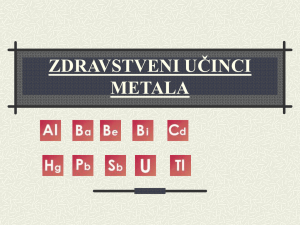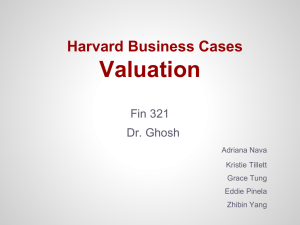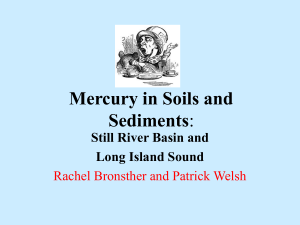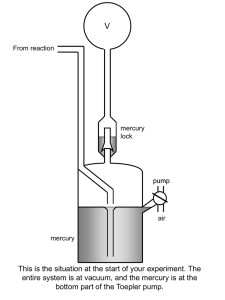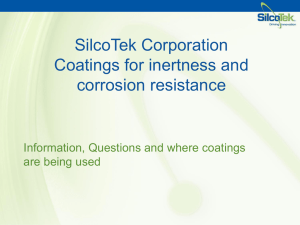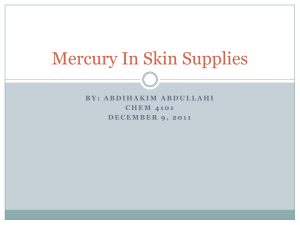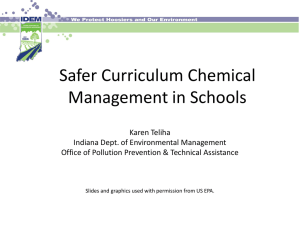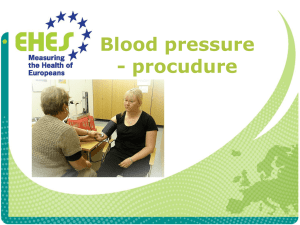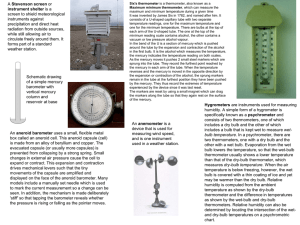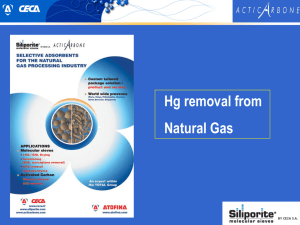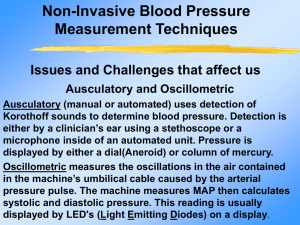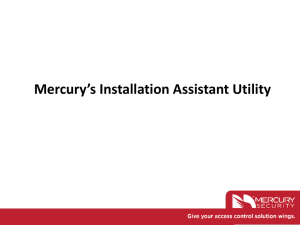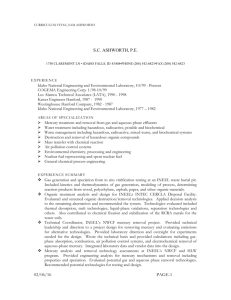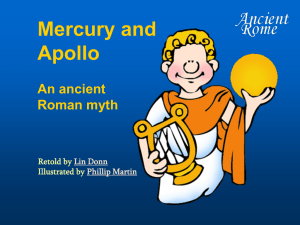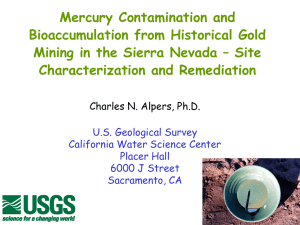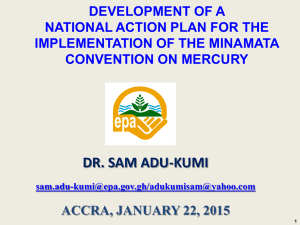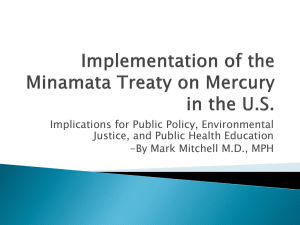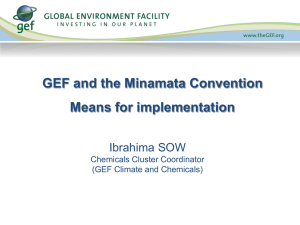STFC PowerPoint template
advertisement
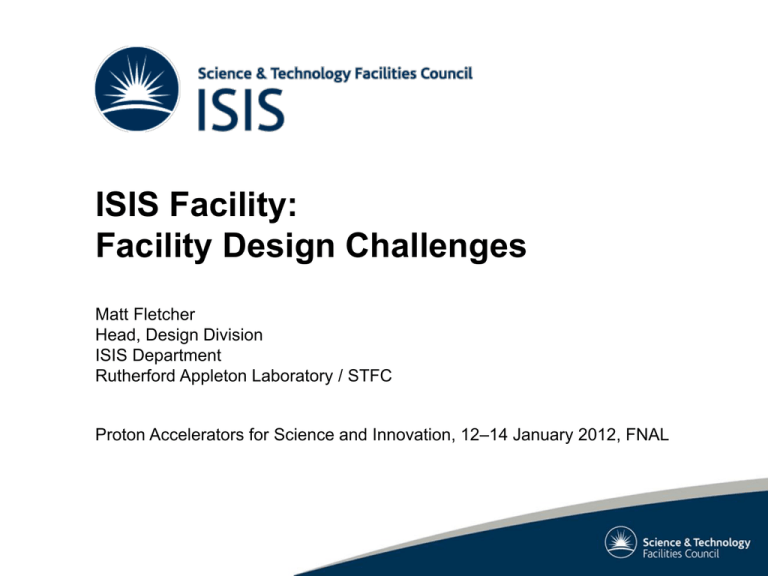
ISIS Facility: Facility Design Challenges Matt Fletcher Head, Design Division ISIS Department Rutherford Appleton Laboratory / STFC Proton Accelerators for Science and Innovation, 12–14 January 2012, FNAL Diamond — X-rays ISIS — neutrons Facility Design Goals • Lifetime • Reliable Operation • Flexibility (accommodate changes post construction) – – – – Additional features Improvements Unexpected events Legislation driven • Safety – People – Environment Facility Design Challenges • Technical – – – – – – Cooling Radiation Damage & Rad Accelerated Corrosion Remote Handling/Radioactive Waste Remote Monitoring Diagnostics Shielding Design (packaging) Modelling Accuracy • Combining neutronic and design, with confidence in accuracy of answers in timescale within project • Organisational – Experienced staff – Money (to build, then to operate) Ts2 £150m to build TS2 TS1 TS2 Support Facilities Addition of TS2 2003 2004 2009 Waste Handling Changes Target evolution Moderator development Additional Liquid Metal Target Challenges Design and Operational Features of a Mercury Target Facility IDS-NF Kickoff Meeting Presentation, CERN, Dec 2008 Slides from Van Graves Support Facilities 1. Mercury Containment – – No leaks are acceptable outside the hot cell. Inside the cell, leaks are assumed. 2. Hot Cell / Remote Handling – All mercury target and process components must be contained, maintained, and packaged for off-site disposal inside the hot cell to avoid the spread of mercury 3. Ventilation / Filtration Mercury vapor must be removed from the cell exhaust prior to subsequent conventional particulate filtration (HEPA). 4. Waste Handling – – – All hot cell and ventilation system waste will be mercury contaminated. Activated mercury contaminated waste must be fully contained. In the US, mercury treatment and disposal is governed by the Resource Conservation and Recovery Act (RCRA). Since SNS mercury is radioactive, additional requirements apply. In the US, this type of waste is called “mixed waste”. Disposal options are VERY limited. NF-IDS Meeting 15 Dec 08 Support Facilities 7. Operational Considerations – The SNS mercury target system has proven to be extremely reliable. – Major operational considerations associated with a mercury process. • TARGETS: Mechanical change out of a mercury target module is similar in nature to a similar solid target. • PROCESS EQUIPMENT: Remote handling requirements of mercury pump, HX and piping are complex and will result in significant maintenance downtimes times and general operational risk. – Failed mercury components cannot be repaired in-situ, full assemblies must be replaced. – It is difficult to incorporate redundant mercury process elements (pump, HX, monitors, valves) due to increased cell volume requirements and the need for more valving. Redundancy may actually make the process less reliable. • MAINTENANCE EQUIPMENT: Maintenance and monitoring of remote tooling is significant operational cost, frequently greater than the operational costs associated with the process. NF-IDS Meeting 15 Dec 08 Lesson Learned from NuMI: Radiation Accelerated Corrosion • Ionization of air surrounding a target by primary and secondary particles can create a very aggressive, corrosive environment • High strength steel may suffer hydrogen embrittlement (MiniBooNE, NuMI) • Coupled with radiation damage of material, not only accelerates corrosion, but changes the nature of the corrosion morphology (localized pitting versus uniform layer; NuMI decay pipe window) Radiation Accelerated Corrosion 20 • Photograph of NuMI decay pipe US window showing corroded spot corresponding to beam spot P. Hurh: High-Power Targets: Experience and R&D for 2 MW 3/30/11 Radiation Accelerated Corrosion 21 • MiniBooNE 25 m absorber HS steel failure • (hydrogen embrittlement from accelerated corrosion). P. Hurh: High-Power Targets: Experience and R&D for 2 MW 3/30/11 Illustrate approaches repair versus never fail, long maintenance shutdowns versus minimize down time with target pile atmosphere choice T2K target, horns, decay volume, and absorber are all in helium volume (air evacuated before helium fill) Compared to NUMI & CNGS, where everything except decay pipe is in air Helium advantages: • reduce corrosion • don’t need large volume for radio-activated air to decay before release to atmosphere Dis-advantages: • requires pressure-tight volume in places that radiation will make hard to repair • extra time for target-pile intervention (months versus days) Opportunities for Facility Design Collaborative Activities • Participate in conceptual design and review activities for future target facilities • Simulation of shielding geometries (with gaps) and verification testing (perhaps leading to useful empirical correlations for facility designers) • Study of corrosive effects of ionized air (including analysis of NuMI air samples) • Develop methods of inerting target environment while still allowing for quick repair and replacement access Opportunities for Facility Design Collaborative Activities • Development and testing of alternative, novel shielding materials/methods (heavy foam?, marble, inverted/portable hot cell/"shark cage") • Development of inexpensive, reliable redundant drive systems for overhead girder/bridge cranes. • Development of liquid metal/flowing powder containment and clean-up methods. • Development of reliable 5 years plus diagnostic systems, thermal, strain, visual, acoustic etc



